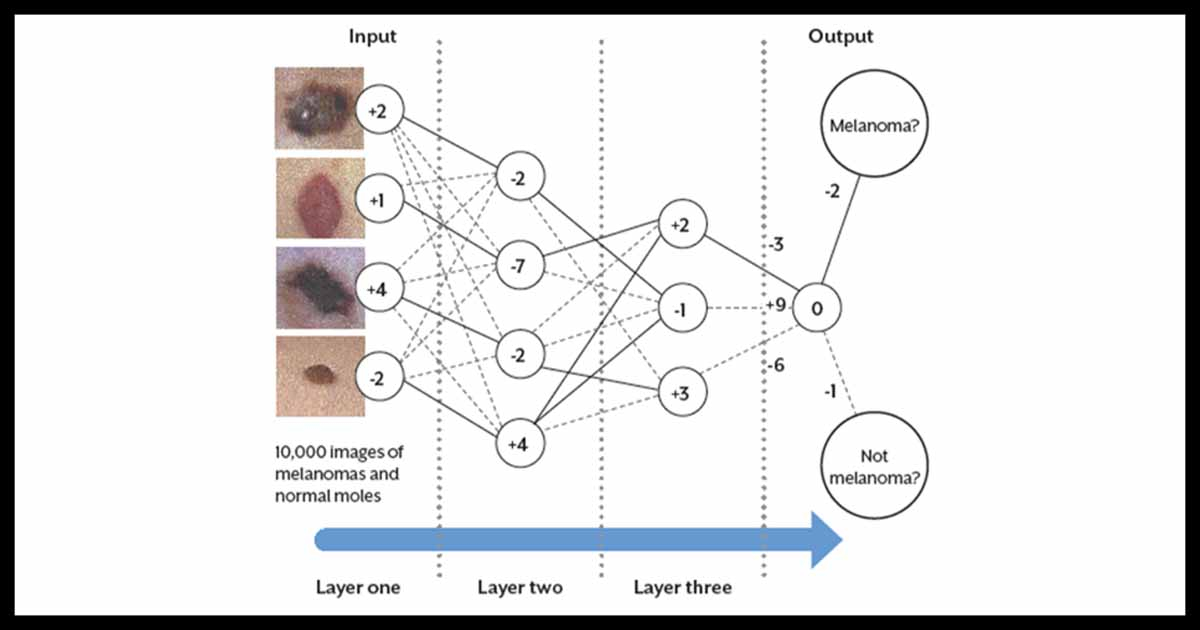
@ShahidNShah


These networks started impacting healthcare in the last 20 years, but it's only today that reliable prospective studies are convincing clinicians to use these artificial intelligence tools in their daily work. A Mayo Clinic researcher offers some insights into their applications and use.
Unlike their more modern large language model counterparts, artificial neural networks require human input to learn and function.
ANNs have been around since the 1950s. They started taking hold in healthcare in the 1990s. Within the last 10 to 20 years, they've been having an impact on healthcare. Today, ANNs have taken a step up – many are becoming large language models, a neural network on steroids, so to speak. They're much more sophisticated. A prime example is ChatGPT.
Here's why you need to know about old school ANNs right now.
A retrospective analysis looks back in history. A clinician researcher might look back at the records of a thousand patients to figure out if a particular ANN works. If the data says it works, that's encouraging. However, in a retrospective analysis, there are many confounding variables that can influence the results.
Read on healthcareitnews.com
Continue reading at healthcareitnews.com
Disasters do not take a break. Two examples are a hurricane barreling through beachside villages or a health crisis filling hospital wards with patients. Medical capacity has to adapt to the situation …
Posted Apr 30, 2025 Emergency Medicine
Connecting innovation decision makers to authoritative information, institutions, people and insights.
Medigy accurately delivers healthcare and technology information, news and insight from around the world.
Medigy surfaces the world's best crowdsourced health tech offerings with social interactions and peer reviews.
© 2025 Netspective Foundation, Inc. All Rights Reserved.
Built on Dec 10, 2025 at 1:15pm